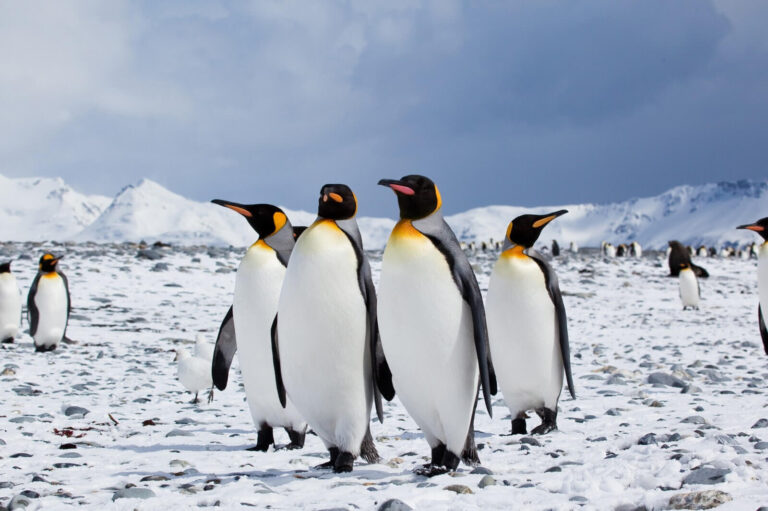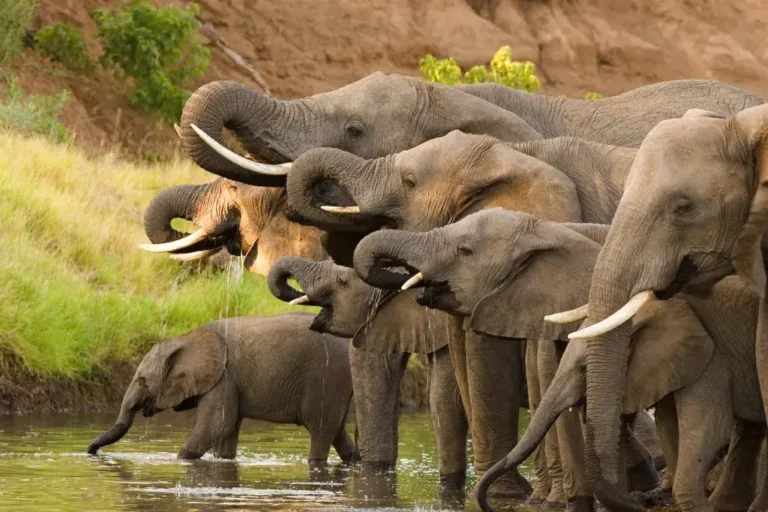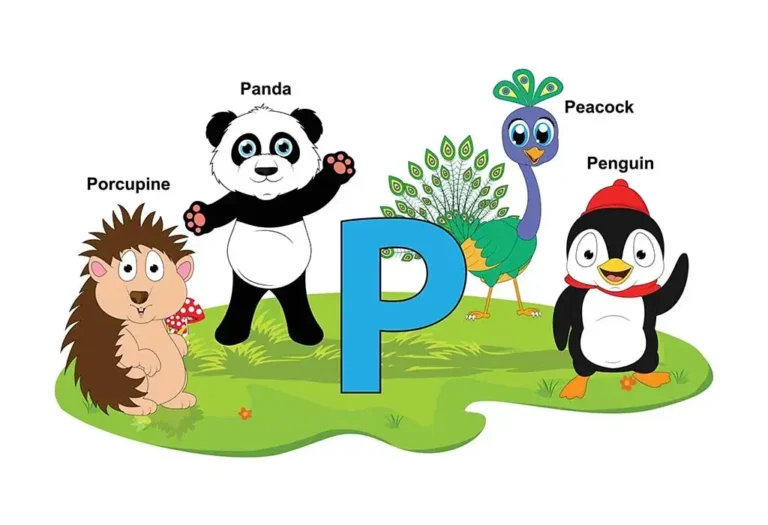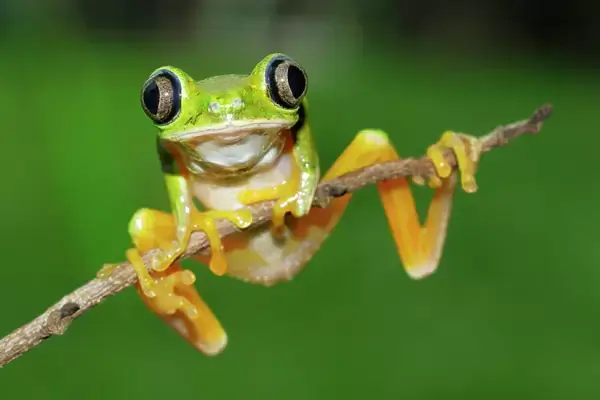Sea Lion: An In-Depth Look at the Ocean’s Playful Marine Mammal
Sea lions are among the most charismatic marine mammals, known for their intelligence, agility, and playful nature. Found in coastal waters around the world, these pinnipeds (fin-footed mammals) are often seen basking on beaches or performing acrobatic displays in the water.
This article provides an in-depth look into the world of sea lions, exploring their scientific classification, physical characteristics, habitat, behavior, diet, reproduction, predators, conservation status, and more.
Contents
Scientific Classification
- Kingdom: Animalia
- Phylum: Chordata
- Class: Mammalia
- Order: Carnivora
- Family: Otariidae
- Genus: Zalophus, Eumetopias, Neophoca, Otaria, Phocarctos
- Common Species: California Sea Lion (Zalophus californianus), Steller Sea Lion (Eumetopias jubatus), Australian Sea Lion (Neophoca cinerea), South American Sea Lion (Otaria flavescens), and New Zealand Sea Lion (Phocarctos hookeri).
Physical Characteristics

Sea lions are easily distinguished by their external ear flaps, long front flippers, and ability to “walk” on land by rotating their hind flippers forward.
- Size: Males are larger, ranging from 6 to 11 feet (1.8 to 3.3 meters) in length and weighing between 400 to 2,500 pounds (180 to 1,100 kilograms), depending on the species. Females are smaller, averaging 5 to 9 feet (1.5 to 2.7 meters) and 200 to 800 pounds (90 to 360 kilograms).
- Color: They range from light tan to dark brown, with males often darker and larger than females.
- Distinct Features: Males develop a prominent mane around their neck, especially in species like the Steller sea lion. Their streamlined bodies are adapted for efficient swimming, and their powerful flippers allow them to maneuver skillfully in water.
Habitat
Sea lions inhabit coastal regions and are found in both temperate and subpolar waters. They are commonly seen on sandy beaches, rocky shorelines, and artificial structures like piers and marinas.
- Range: The California sea lion ranges from British Columbia to Baja California, Mexico. The Steller sea lion occupies areas from the northern Pacific, including Alaska and Japan, while the Australian sea lion is native to southwestern and southern Australia.
- Environment: They favor environments with easy access to the ocean for feeding and beaches or rocky areas for resting, breeding, and socializing.
Behavior

Sea lions are highly social and intelligent animals. They often gather in large groups called colonies or rookeries.
- Communication: They are vocal animals, using barks, roars, and other sounds. Males often bark loudly to establish territory or attract females during breeding.
- Swimming and Diving: Sea lions are agile swimmers, reaching up to 25 miles per hour (40 km/h). They are capable divers, usually going down to 300 feet (90 meters), but can dive as deep as 900 feet (275 meters) when hunting for food.
- Social Structure: Sea lions live in large groups, especially during breeding when males establish territories and form harems with multiple females.
Diet
Sea lions are carnivorous, feeding primarily on fish and squid.
- Prey: Their diet includes sardines, anchovies, mackerel, herring, and various species of squid and octopus.
- Feeding Behavior: They are opportunistic and can consume large quantities of food when available. Sea lions often hunt alone but may also work in groups to herd schools of fish.
Reproduction
The breeding season varies by species but generally occurs in spring and summer.
- Mating System: Sea lions are polygynous, with dominant males establishing territories and mating with multiple females.
- Gestation: Females have a gestation period of about 11 months, including a delayed implantation, which allows them to synchronize birth with the availability of resources.
- Pups: A single pup is typically born, which the mother nurses for six months to a year. Sea lion pups are born with a thick, dark coat that lightens as they grow.
Predators
Sea lions have several natural predators, primarily when they venture into deeper waters.
- Predators: The primary predators of sea lions include killer whales (orcas) and large sharks, such as great white sharks.
- Human Threats: Humans also pose a significant threat through fishing nets, marine debris, and habitat disruption.
Conservation Status
Sea lions face various threats, including habitat loss, pollution, and overfishing, which reduces their food sources.
- IUCN Status: The conservation status varies by species. The California sea lion is listed as “Least Concern,” while the Steller sea lion is considered “Near Threatened.” The Australian sea lion is classified as “Endangered” due to its declining population.
- Conservation Efforts: Conservation measures include habitat protection, marine sanctuaries, and regulations to reduce bycatch in fisheries.
Interesting Facts
- Highly Intelligent: Sea lions can be trained to perform complex tasks and are often seen in marine shows due to their intelligence and adaptability.
- Thermoregulation: Sea lions can control their body temperature by regulating blood flow to their flippers, which act as thermal windows.
- Long Lifespan: Sea lions can live up to 20-30 years in the wild, with some individuals reaching over 35 years in captivity.
Evolutionary History
Sea lions belong to the family Otariidae, which diverged from other pinnipeds around 15-20 million years ago. Their closest relatives are fur seals, with a common ancestry with modern-day seals and walruses. The evolution of sea lions has been shaped by their adaptation to marine life, including their streamlined bodies, powerful swimming capabilities, and social behaviors.
Relationship with Humans
Sea lions have a complex relationship with humans. They are often seen as a popular attraction in marine parks and zoos, where their playful behavior makes them a favorite among visitors. However, fishermen can also view them as a nuisance due to their tendency to raid nets and fish farms. Conservation efforts focus on balancing human activities with preserving sea lion habitats.
Conclusion
Sea lions are remarkable marine mammals that captivate people with their intelligence, playful nature, and agility in water. Despite facing challenges from natural predators and human activities, many species of sea lions continue to thrive in their coastal habitats. Ongoing conservation efforts are crucial to ensuring these fascinating animals remain a vibrant part of our oceans for generations. Understanding sea lions’ behavior, diet, and ecological role helps us appreciate their importance and the need to protect them.
- Are Rottweilers Good With Kids? Reasons & Training Tips - 17 September 2025
- How Long Are Dogs Pregnant: Complete Guide - 16 September 2025
- German Shepherd Doberman Mix: Info, Pictures, Care & More - 11 September 2025







